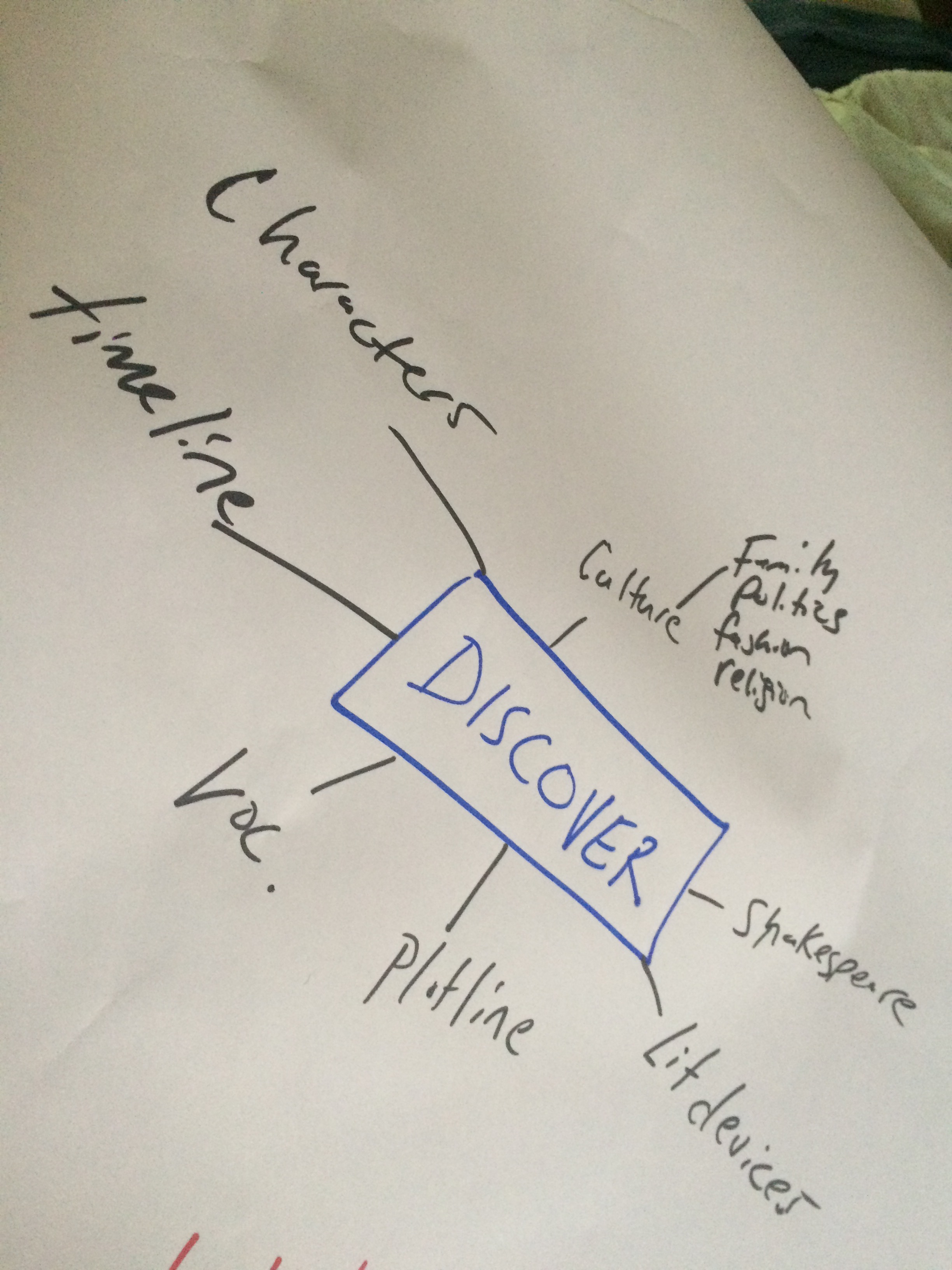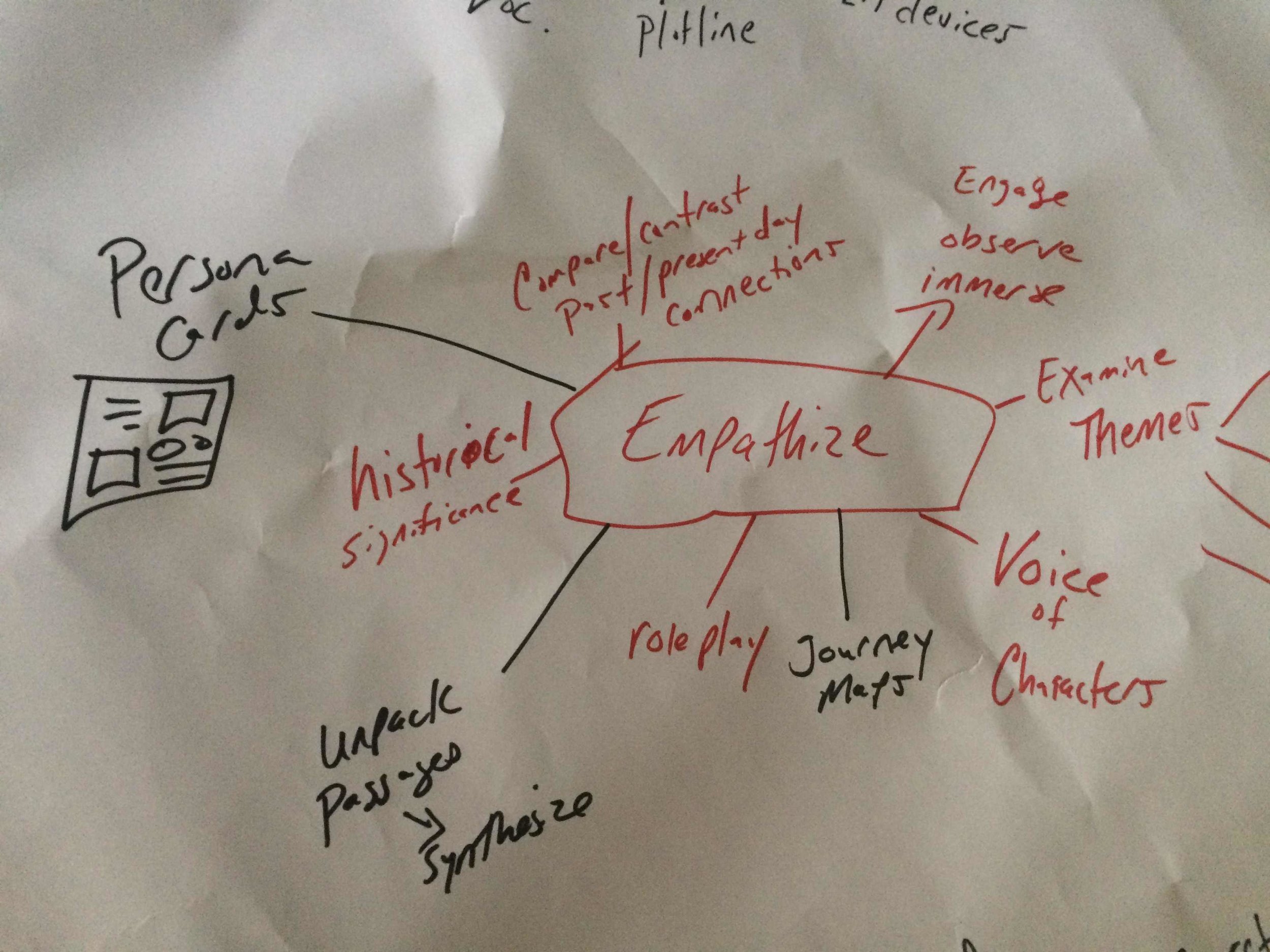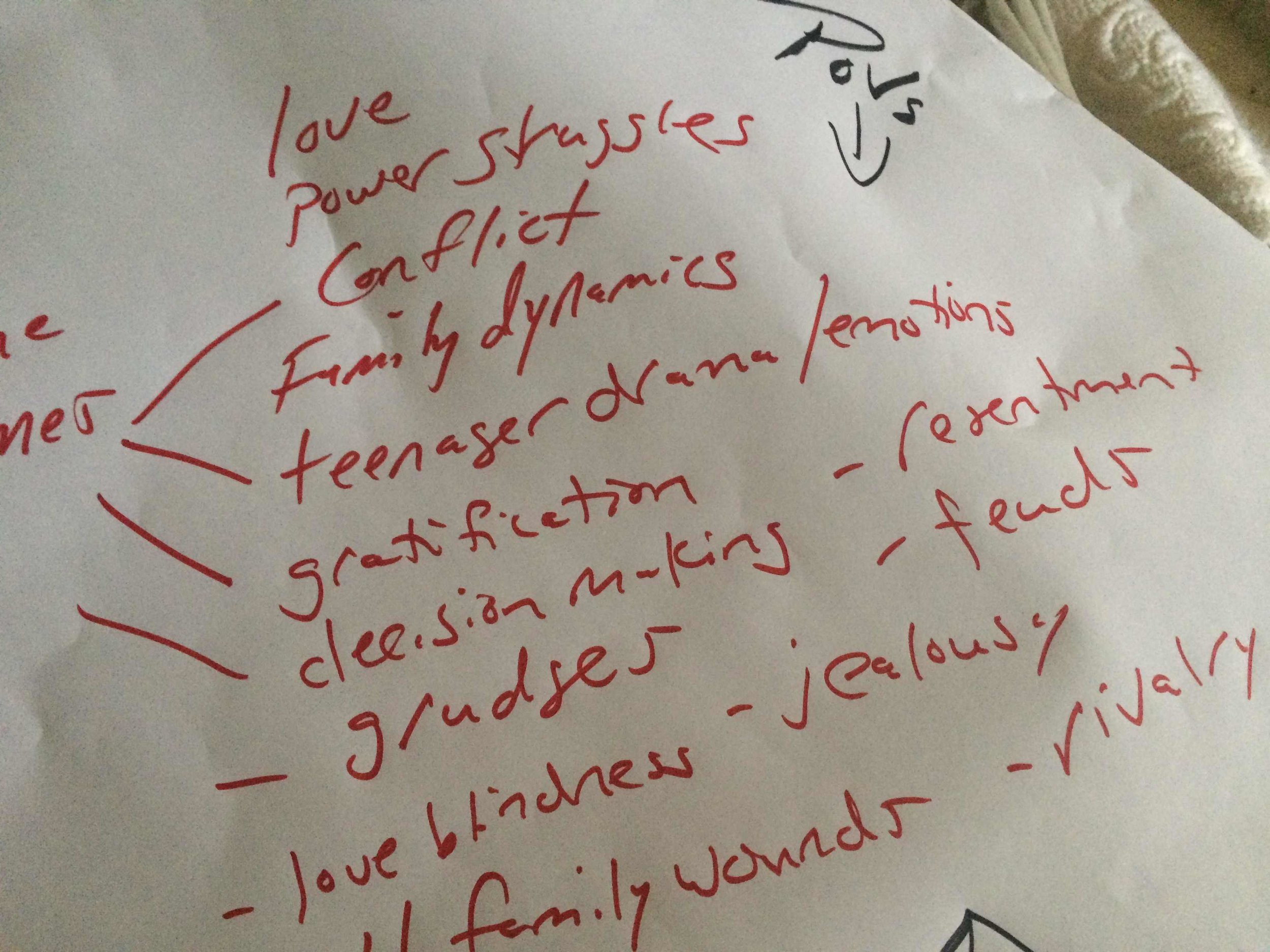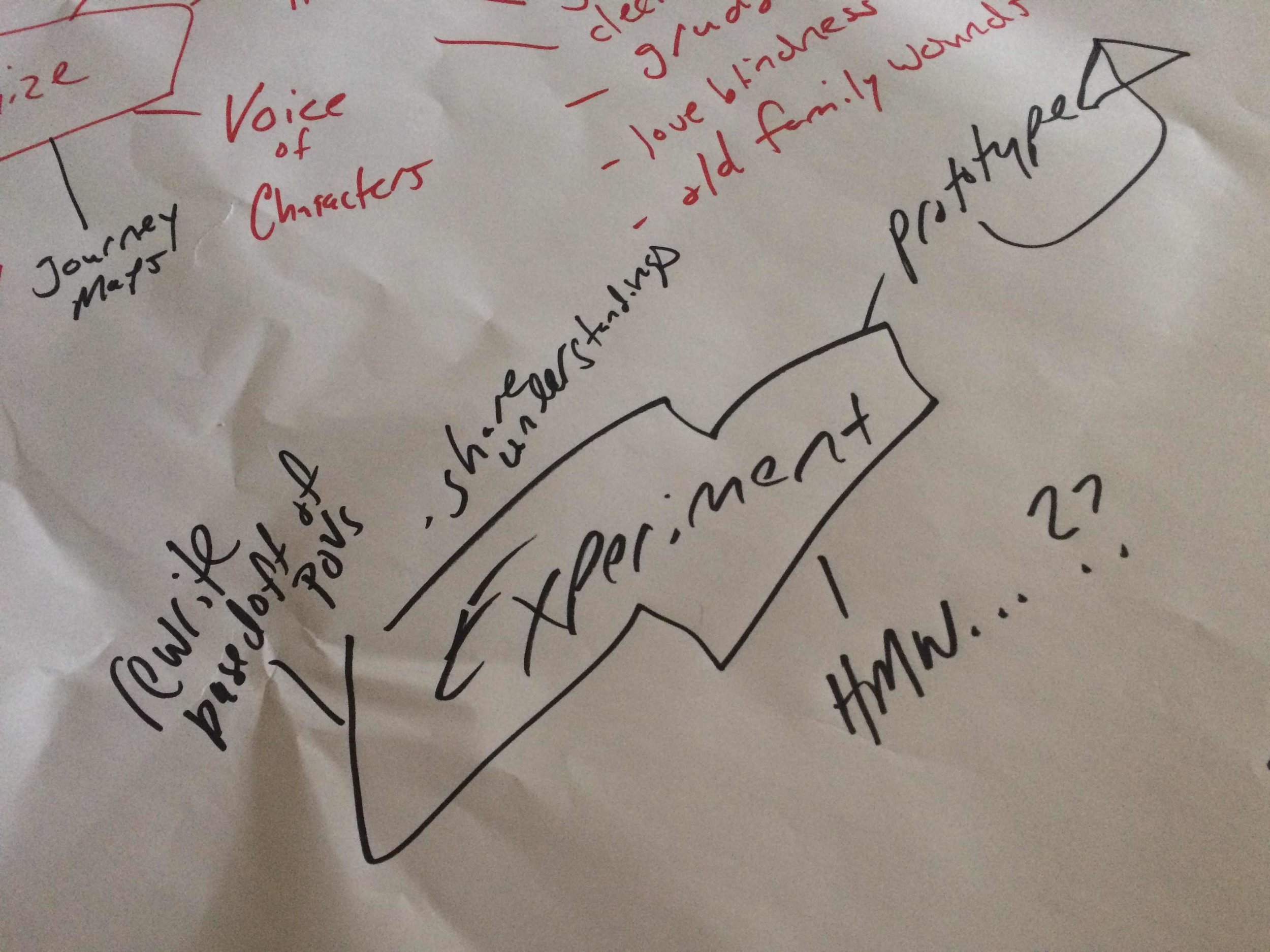Romeo & Juliet
(this post has been a snail paced write-finally just hitting send to clear my mind) I love how tweets can lead to #designthinking ideas. Many times I will see a tweet and it comes in the form of a question, a ponder, a statement, or even an image and it is the perfect Discover launch pad for a design thinking challenge. A tweet from Michelle Shelton is a great example for not only connecting design thinking to content, its also a great example of how a request can spark a Discover launch pad.
I need an idea for merging design thinking and Shakespeare. We are reading Romeo and Juliet next and I’d like to crank it up a notch. @WickedDecent @spencerideas #dtk12chat @TheresaShadrix
— Michelle Shelton (@ChelleShel617) March 28, 2018
Hey Michelle look no further than @lndeutsch #shakespearefanatic Also, there R huge themes in R&J that work perfectly 4 #designthinking Love, Love @ 1st Sight, Resentments, Wounds, Family Strife, Rivalry, etc ALL of these R gr8 launching pts 4 a DT challenge #dtk12chat #DEEPdt
— Mary Cantwell (@scitechyEDU) March 28, 2018
It has been a while since I read, talked, or watched Romeo & Juliette. However, my recollection of the storyline, characters, place in the literature genre, and the deep discussions and debates my exposure and study of Shakespeare's writing of the Capulets & Montagues had on me created a lasting & applicable impact.
The tweet from Michelle asking for an idea to "merge" design thinking and Shakespeare. My immediate thought was to connect her to Ellen Deutscher as she is an avid student of Shakespeare and utilizing design thinking with her students when teaching this content in her courses.
My 2nd thought was, "Wow, I forget how easy it is (for me maybe) to infuse design thinking into Literature studies and this is a great example to show how to." Romeo & Juliette is an awesome example of a story filled with design thinking pathways.
My approach to design thinking is not to really "merge" it into a learning outcome. I like to utilize it in ways in which it either supports the content (designing the unit of study through the lens of design thinking), runs alongside it to bring depth and connection, and/or "deliver" content (not additional or even layered but the challenge is the whole kit N kaboodle). For Romeo & Juliette, I believe the story is rich and powerful to stand on its own in the sense of digging deep into the narrative, plotlines, character analysis, and overrun with themes to unpack. And it is in the themes of the R&J where I would run design thinking alongside to bring even more depth but most importantly CONNECTIONS to the story.
A quick google search shows me a variety of themes to be unpacked in Romeo & Juliette. (yes, I am using sparknotes as my reference point because this is a blog post where I am trying to show a quick way to launch a design thinking challenge to content I am not currently prepping)
Love as a Cause of Violence, The Forcefulness of Love, The Individual Versus Society
Here are some off the top of my head: Jealousy, Rivalry, Grudges, Family Dynamics, Family Strife, Parental Differences of Opinions, Going against parent wishes, Love at first sight, Declarations of Love, Rash Decisions, Deadends, etc
So how can the above be a launch to a design thinking challenge you ask? Well, all of these topics have amazing launching points to connect with almost any human being. As the course of the story is unpacked, analyzed, and digested by students, I think I would let the launch point of the design thinking challenge be driven by the action, passion, and curiosity of the students. You see, design thinking is a "plug n play" opportunity for teachers when it comes to their curriculum and every day learning moments. The key is to empathize with people and go from there. Trust the process.
I did a quick mindmapping of how I would frame this design thinking challenge through #DEEPdt. This chicken scratch would be my first attempt (it was) to prep and frame Romeo & Juliette. Again, once this R&J DT challenge gets launched... the rest is gravy in my opinion. Again, trust the process, ensure empathy-driven action opportunities, and let the User lead the designer...




